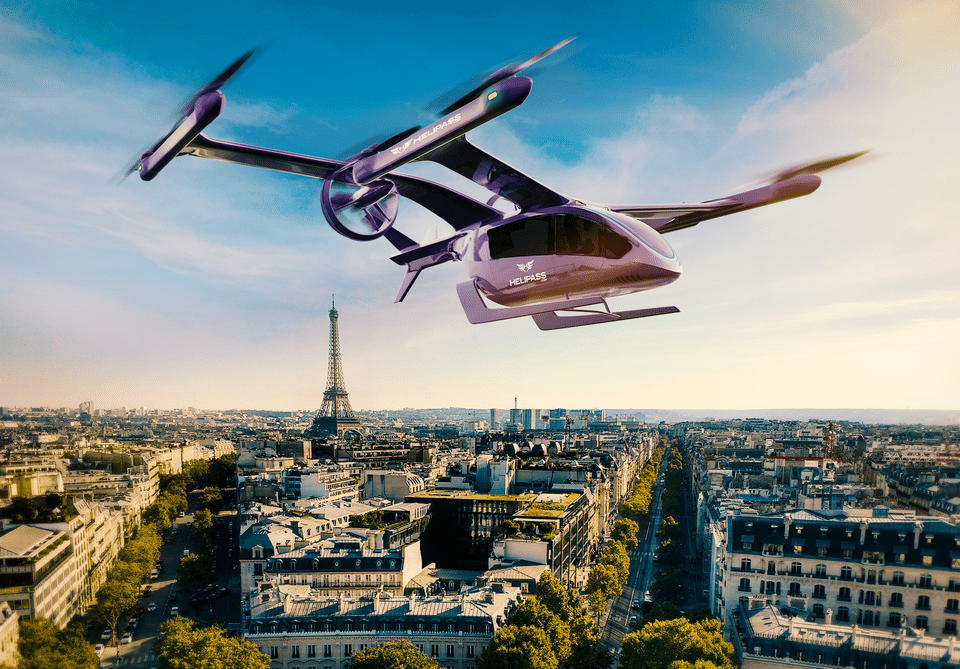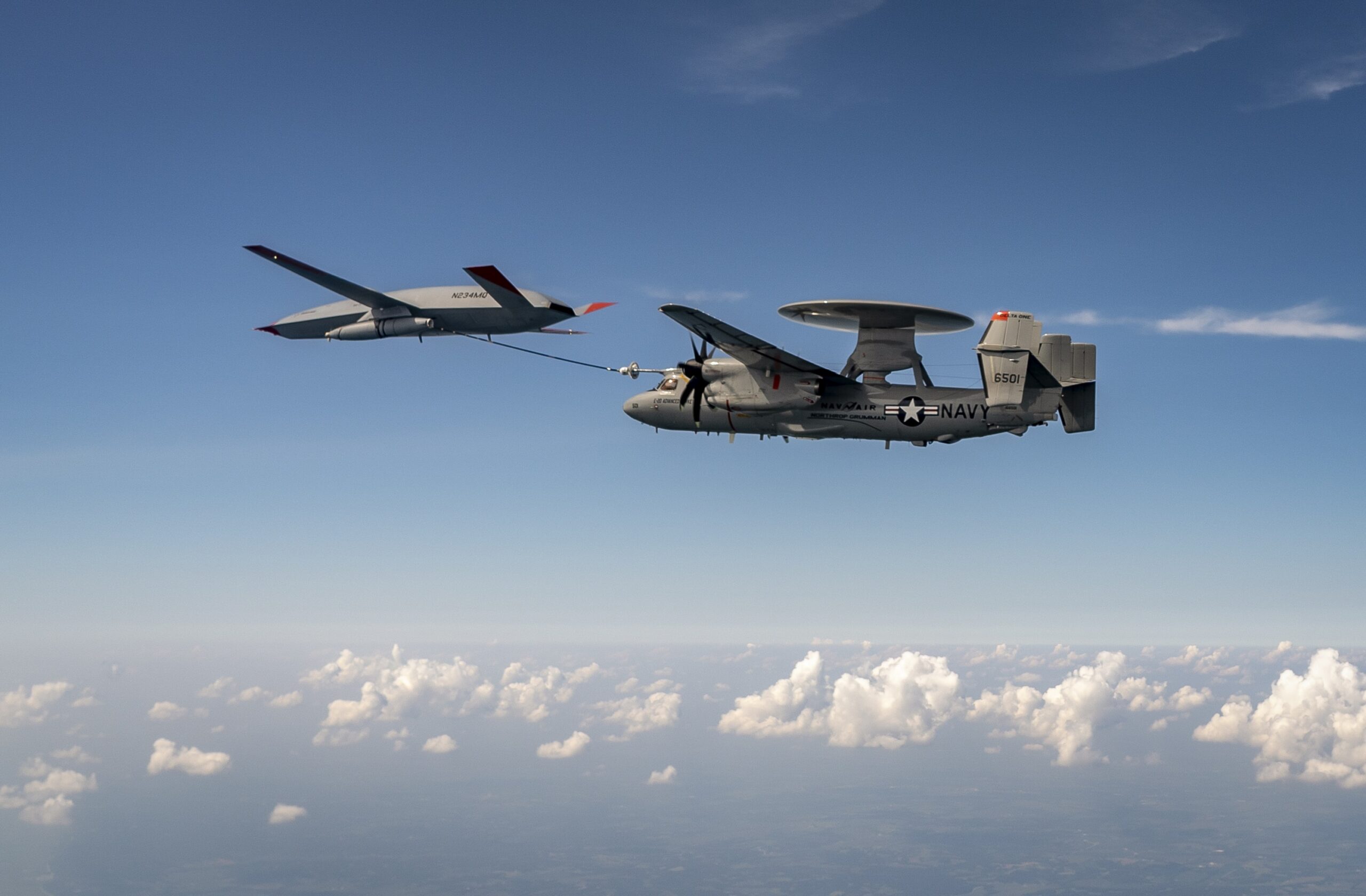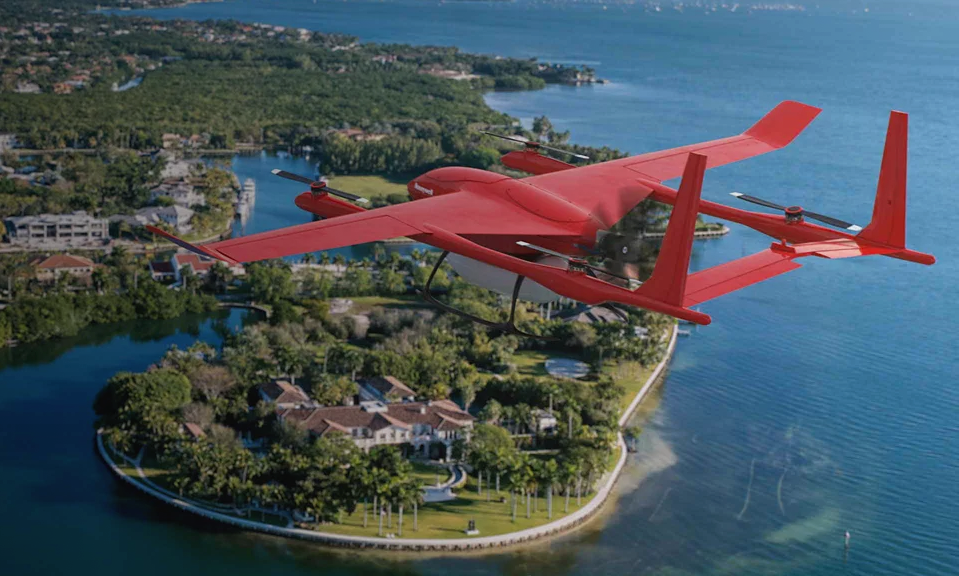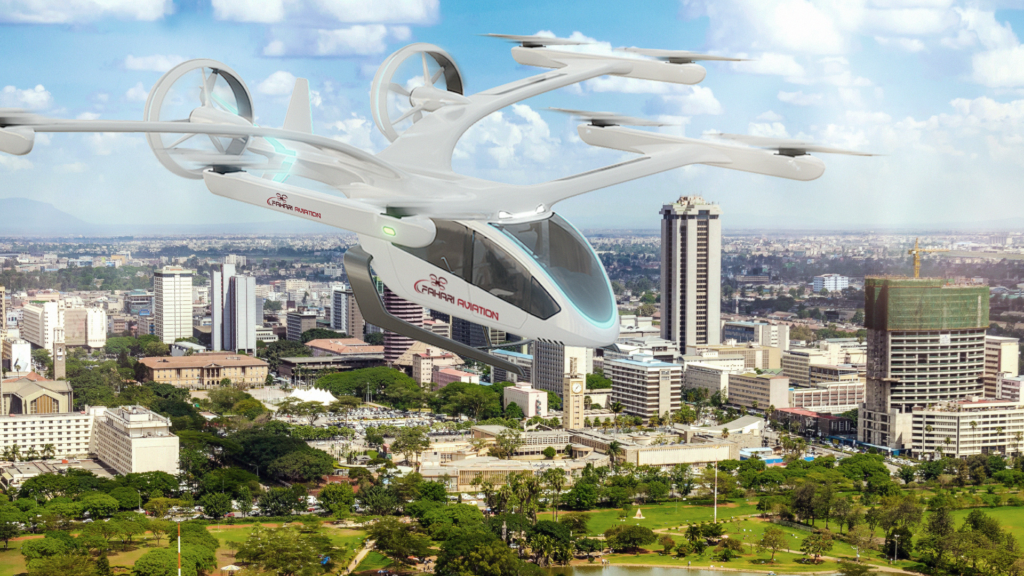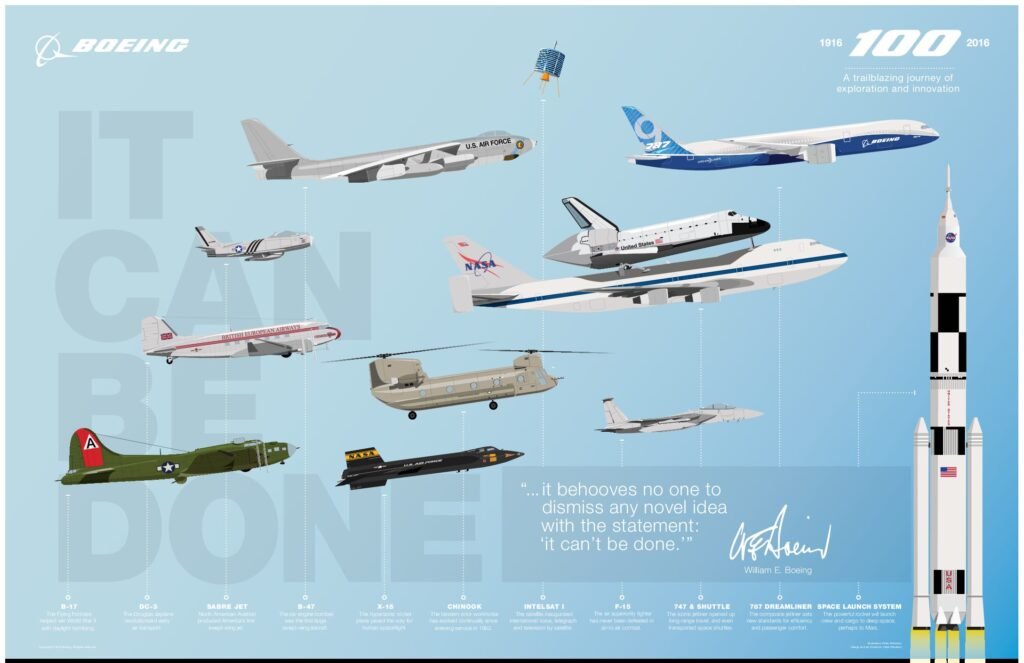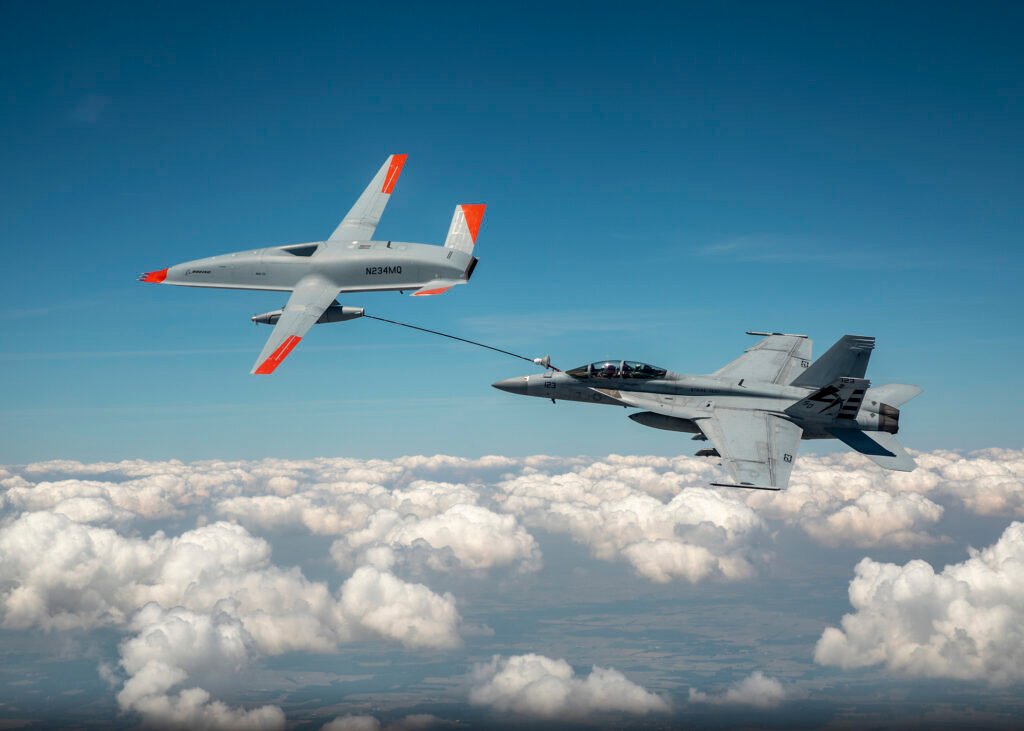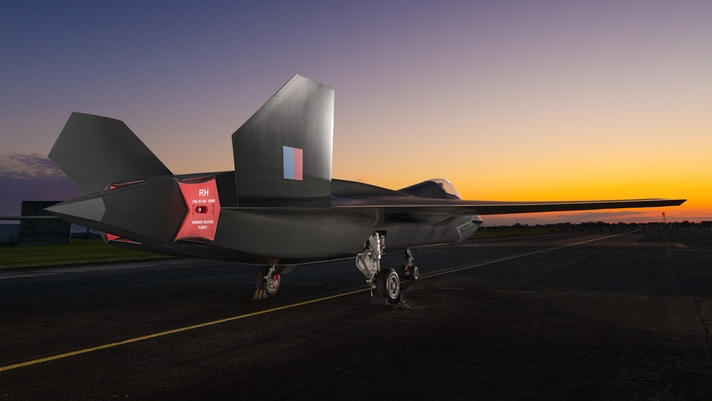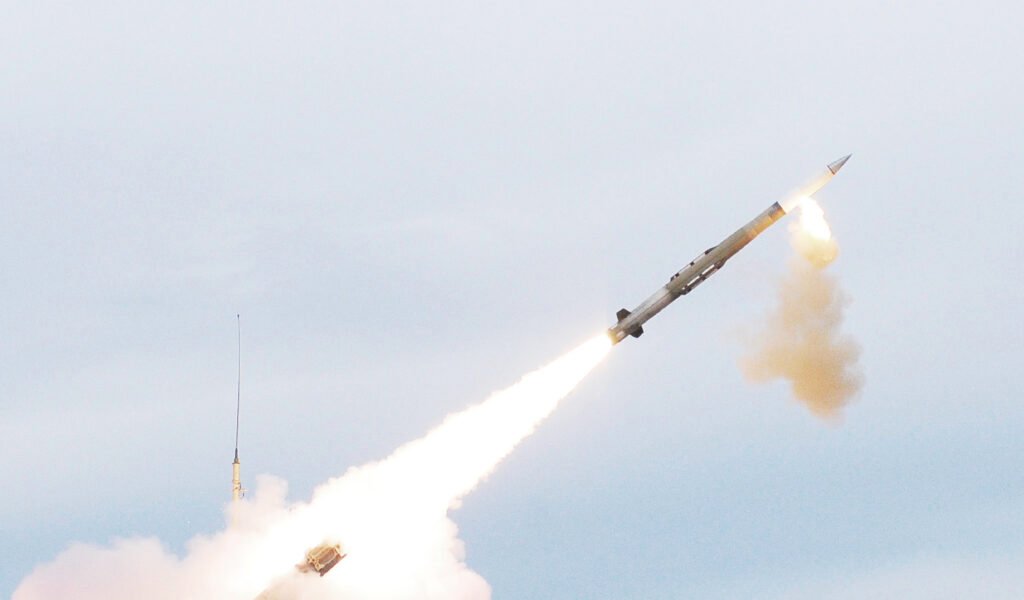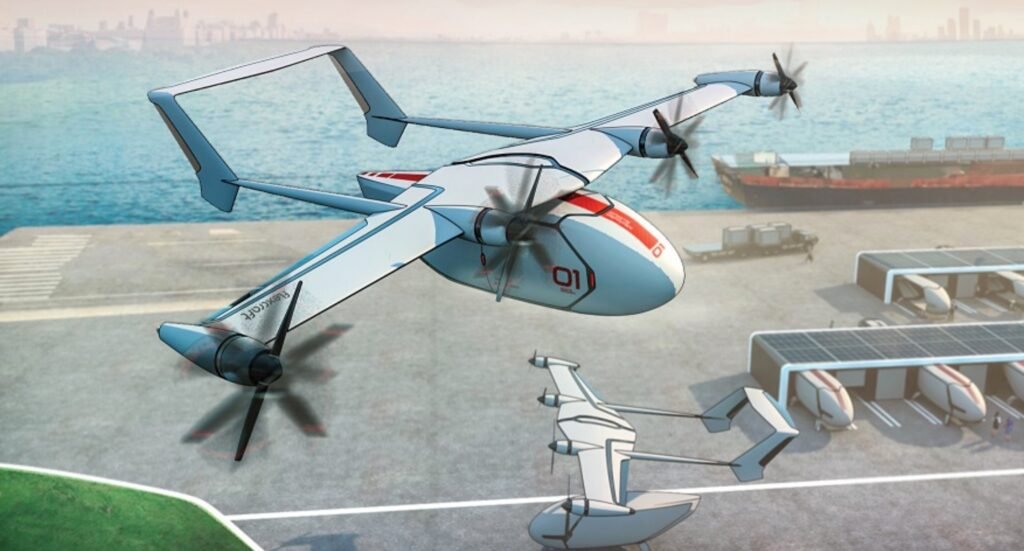Embraer Eve and Helipass Partner to Expand UAM Operations in France and Beyond
Melbourne, Florida, September 20, 2021 – Embraer (NYSE: ERJ) Eve Urban Air Mobility Solutions and Helipass, SAS, today announced a new collaboration to accelerate and deploy electrical vertical takeoff and landing (eVTOL) aircraft, also known…
